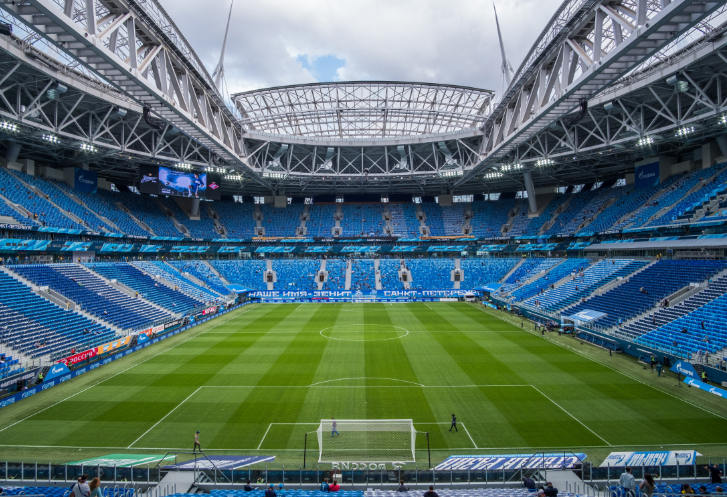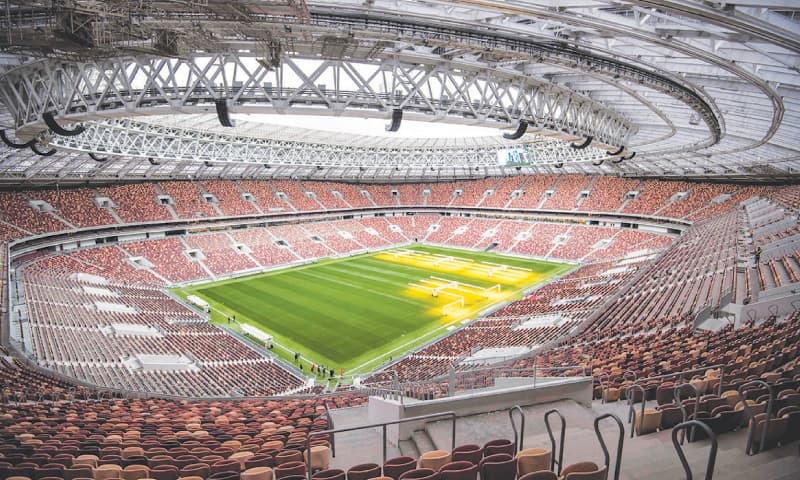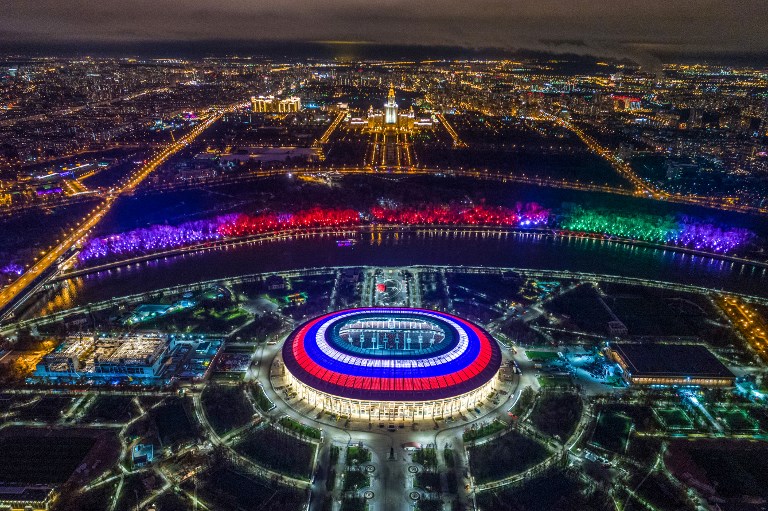For those wondering with the World Cup happening, will I be doing reviews of the groups as I normally do? Yes, I will. Will I be doing reviews of the stadiums and issues involving Qatar as the host? No I won’t. I mostly want to stick to reviewing the groups. Escpe4cially since that’s what mostly gets attention to my group blogs.
I will only talk a limited amount about Qatar hosting. I know it’s a surprise selection and that a lot of people have opinions about it. Many people are crying foul about it. The most I will say is it is a surprise to see a nation of just over 4,000 square miles (just slightly bigger than the island of Jamaica) and not even 3,000,000 people hosting. I would have figured is there would be one country in the Arabic world that would host the World Cup, it would be either Morocco or Algeria. Plus a nation that small having eight stadiums. I hope most of those stadiums have temporary seating because Qatar can’t afford to have the stadiums as white elephants. Only the future will tell of the after-use.
In the meantime, I will begin my World Cup focus on Group A. Group A is always the group with the host nation and it’s in the hopes that the host nation qualifies to the knockout stage. So far only once — South Africa back in 2010 — has the host nation not advanced past the opening stage of a World Cup. So let’s get to it! Also a reminder that FIFA ranking for October 2022 is in brackets:
GROUP A

-Qatar (50): Isn’t it something that there’s only a single nation making its World Cup debut and it’s the host nation? Qatar is considered to be an underdog by many. However the team called ‘The Maroon’ know with them hosting the World Cup this year, they will want to put on a good show and have the home country proud of them. They hired a Spanish coach named Felix Sanchez to coach the national team starting with the under-20 team in 2013, then the under-23 team in 2017 and then the main national team in 2020. They have delivered surprise results in the last four years like winning the 2019 Asian Cup and finishing third as a guest nation at the CONCACAF Gold Cup.
Interesting to note that all members of Qatar’s team play for clubs inside Qatar. Qatar has attempted to prove its mettle in the last year and a half against both national teams and renowned clubs. They’ve had victories over Ghana, United Arab Emirates and Italian team Udinese. They’ve had recent draws against Jamaica, Morocco and Chile. They’ve also had notable defeats to Serbia, Canada and Algeria. For their Group A opponents, the only team they ever played against was Ecuador and their record against them is a win, a loss and a draw. This World Cup is the scene for Qatar to prove itself to the world and they might just pull a surprise or two.

-Ecuador(44): This will be Ecuador’s fourth World Cup. Ecuador is a team looking for it’s first major break. At the World Cup, the best they ever did was the Round of 16. At the Copa America, the most they ever got was fourth. Le Tricolor is coach by a full team of Argentinean coaches in hopes of making their dent on the world football field. The Ecuadorean under-20 team finished third in the 2019 U20 World Cup.
The team has players that play in a wide variety of clubs in Europe, the US’s MLS and Mexico’s Liga MX. The goalkeepers all play for teams with Ecuador’s Serie A. They’ve had recent noteworthy wins against Mexico, Chile and Nigeria. They’ve had notable draws against Argentina, Japan and Brazil. They’ve also had losses to Venezuela and Paraguay. 2022 is another chance for Ecuador to prove itself on the World Cup stage and anything can happen.

-Senegal (18): The 2018 World Cup was the first World Cup since 1982 that an African team didn’t qualify for the knockout phase. Of the five teams, Senegal appeared to be the team most likely to. However at the end of their group, they had a win, a loss and a draw, just like Japan. They had the same goal differential as Japan, but what made the difference was Japan had less yellow cards than Senegal. That made all the difference between qualifying or not. The Lions of Teranga are back this year with the highest rank of all the African teams.
The national team has players that play in various European clubs; most play for either English or French teams. Coach Allou Cisse is the same coach they had since 2015. The team has had recent notable wins against Bolivia and Egypt, notable draws against Iran and Togo, and only two losses in the last year and a half. Senegal looks to improve as a team in 2022 and the stadiums of Qatar are another chance for them to move forward.

-Netherlands (8): The excitement of the Oranje almost always seems to be a given during a World Cup or a Euro. But after the 2014 World Cup where they finished third, they ran into trouble. They failed to qualify for the 2016 Euro and the 2018 World Cup. Turns out after they dropped Louis van Gaal as head coach just after World Cup 2014, they dealt with seven head coaches since. Van Gaal has returned as head coach after their Round of 16 elimination at Euro 2020.
For the national team for this World Cup, most of the players either play for German leagues or Netherlands’ Eridivisie. The team features a wide variety of veterans and young players. Since Euro 2020, the Netherlands team has not had a single loss. They’ve scored big wins against Belgium, Wales and Denmark. They’ve also had noteworthy draws against Germany and Poland. 2022 looks to be a big year of redemption for the Netherlands and I’m sure they’ll prove a lot here in Qatar.
MY PREDICTION: And now for my thoughts on Group A. It’s hard to predict as some teams have proved a lot while others have more to prove. I predict the two teams to qualify to the knockout phase will be the Netherlands and Senegal.
And there you have it! The first of my reviews of the groups for the 2022 World Cup. As we get closer and closer to the start, you will be seeing more reviews and more predictions.




 The stadium has had three renovations in the past. The most recent being before the Confederations Cup in preparation for the World Cup. World Cup renovations include a demolishing of the old stadium to have a new stadium with enclosure. The self-supported wall and facade of Lenin Stadium was maintained. New construction allowed the stadium to be connected to a main building. After the World Cup, the stadium will be the host venue for the Russian national team.
The stadium has had three renovations in the past. The most recent being before the Confederations Cup in preparation for the World Cup. World Cup renovations include a demolishing of the old stadium to have a new stadium with enclosure. The self-supported wall and facade of Lenin Stadium was maintained. New construction allowed the stadium to be connected to a main building. After the World Cup, the stadium will be the host venue for the Russian national team.